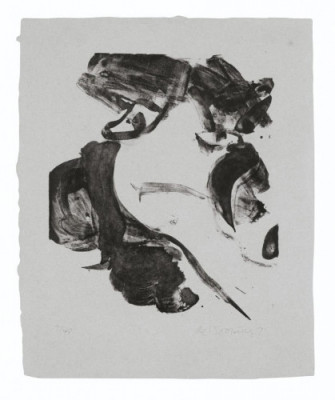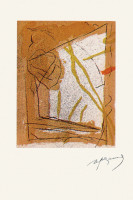Albert Ràfols-Casamada
Albert Ràfols-Casamada (Spain, 1923–2009) was a multifaceted Catalan artist whose work evolved from post-expressionist figurative painting to a unique abstract style. He co-founded the EINA art and design school in Barcelona and was also an accomplished poet, publishing several volumes of poetry.
- Recently Added
- Price (Low-High)
- Price (High-Low)
- Year (Low-High)
- Year (High-Low)
Albert Ràfols-Casamada
Portfolio 12th Anniversary Of Galeria Joan Prats , 1988
Limited Edition Print
Lithograph
EUR 500

What is Gestural?
Gestural art is a term that describes painting with freely sweeping brushstrokes. The primary goal of gestural art is to allow the artist to physically express emotional impulses. The varied, yet expressive paint marks are intended to convey the artist's inner thoughts and emotions, which viewers are believed to understand through the dynamic and spontaneous application of paint.




























































